Cooking Basics: 5 Techniques That Change Everything (and When to Use Them)
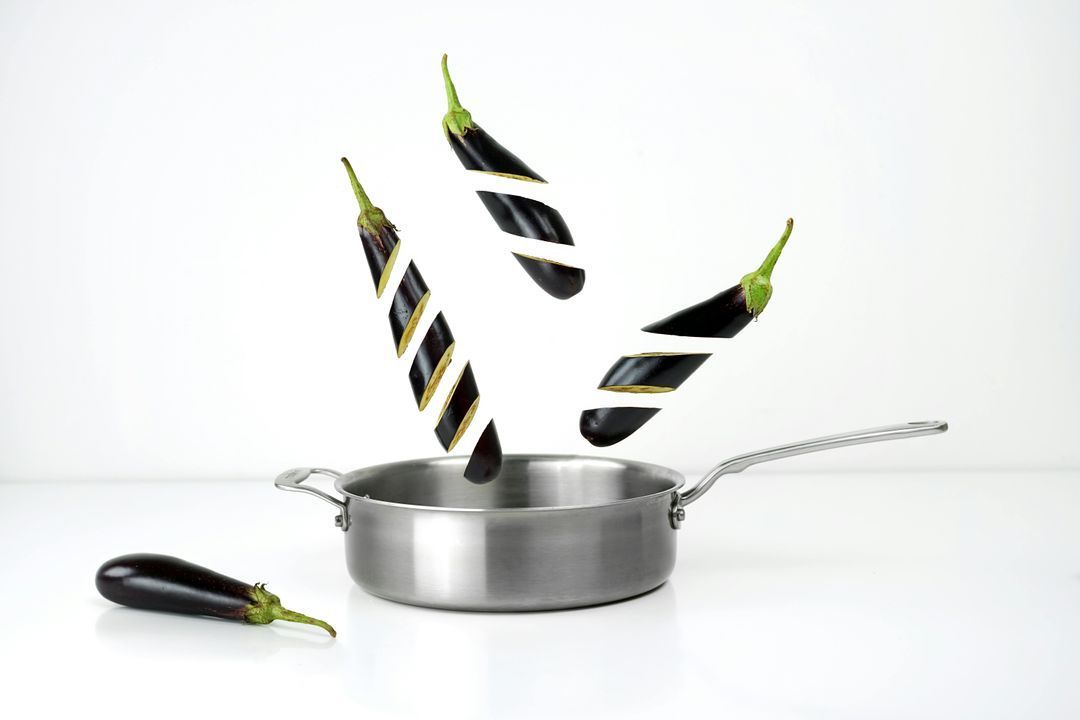
Do you really know how to cook food?
I dont mean heat it up or throw it in a pan. I mean using heat to bring out the best in each ingredient.
Because a chicken can be dry... or juicy. An onion can be raw... or caramelized. The difference is in the cooking technique .
Here are 5 basic techniques every cook should know . You dont need fancy tools, just attention, common sense... and fire (or oven).
Sauté: Create flavor in seconds
Things
Quick cooking of garlic, onion, spices or vegetables in a little oil over medium-high heat.
When to use it
To start soups, sauces, risottos, curries , pan-fried dishes.
It is the aromatic base on which everything else is built.
Avoid the classic mistake : burning garlic or onion! If they blacken, theyll become bitter. Low heat is best, and patience is key.
Stew: soft, deep, tasty
Things
Slow cooking with a little water or broth, over low heat and with a lid.
When to use it
For vegetables (eggplant, fennel, cabbage), meat (stews), legumes or tofu.
The secret of home cooking , the kind that “smells good for hours”.
Bonus : they can also be baked in the oven at 160°C for even more delicate cooking.
Roast: crispy on the outside, tender on the inside
Things
Cooking in the oven (or pan) at a high temperature, in a dry environment.
When to use it
For potatoes, pumpkin, meat, fish, cauliflower, chickpeas…
It serves to concentrate the flavors and caramelize the natural sugars .
Ideal temperature : 180–220°C, preferably on a hot baking tray or with a drizzle of oil.
Want a perfect crust? Dont stir too often.
Stir-fry: quick, healthy, tasty
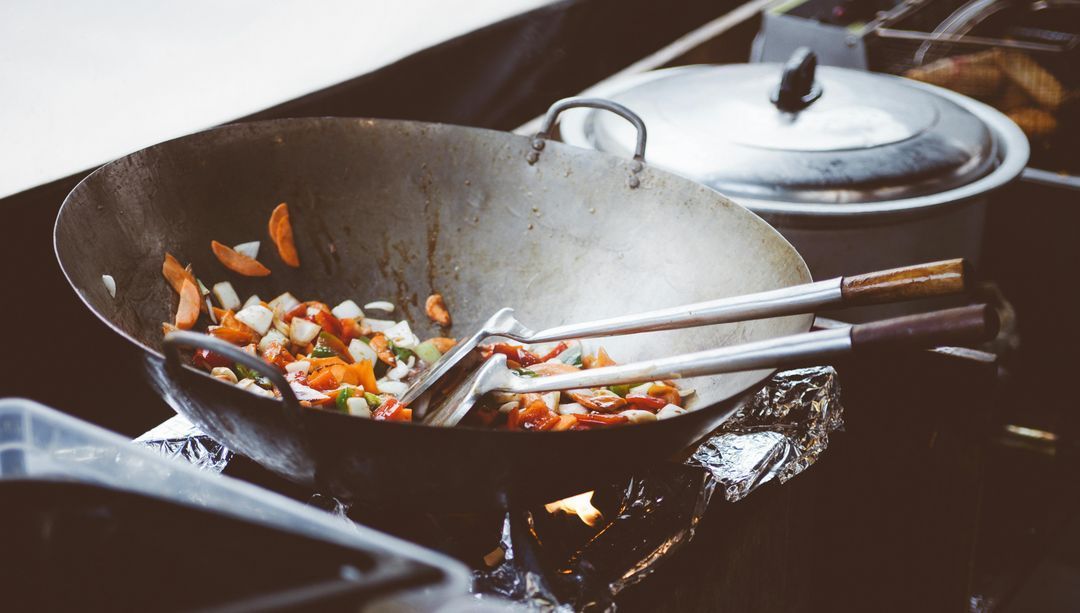
Things
Quick cooking with a little oil, in a large, very hot pan, stirring often.
When to use it
For quick dishes: crispy vegetables, chicken, shrimp, noodles or tofu.
Key to success : non-stick pan or hot wok, dry ingredients and never overcrowd .
Want more flavor? Add soy sauce, lemon, or fresh herbs at the end of cooking.
Blanching: the cooking process you cant see... but its necessary
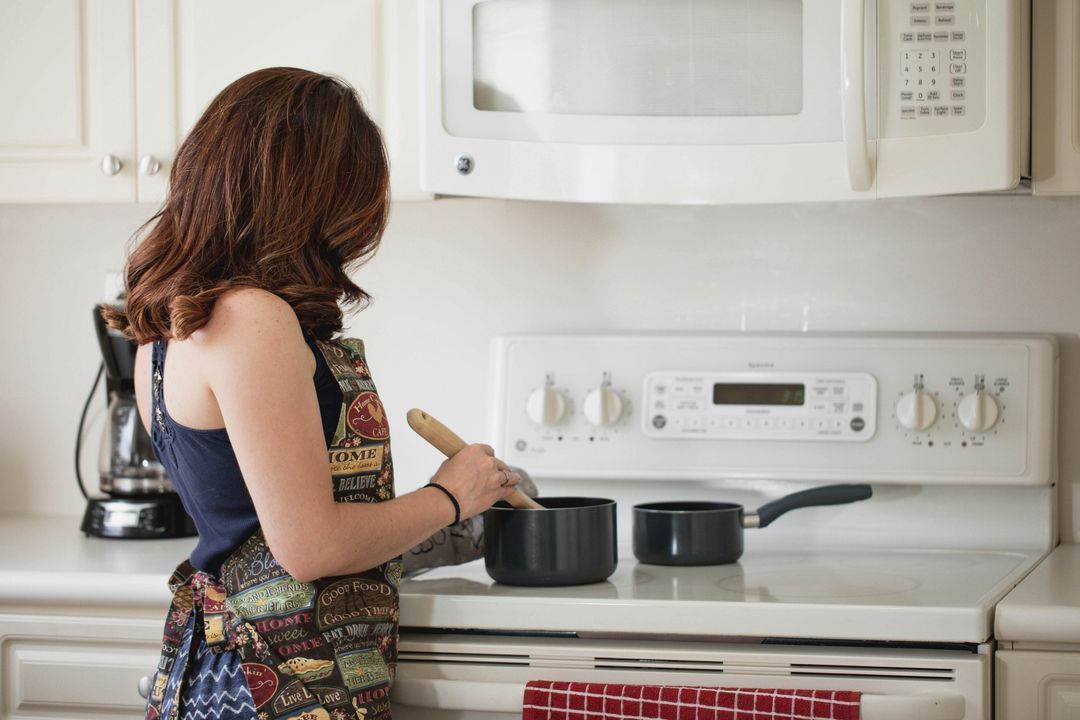
Things
Quick cooking in boiling salted water, followed by a passage in cold water (optional).
When to use it
For:
- soften vegetables before sautéing or gratinating them;
- pre-cook the pasta before finishing it in the pan;
- remove the bitterness from vegetables such as chicory, broccoli or Brussels sprouts;
- peel tomatoes or fruit.
Fun fact : blanching is also the first step to better preserve them in the freezer.
🎯 When to use what? A practical mini-guide:
Recommended Goal/Technique Intensify the flavor Fry, Roast Make tender and juicy Stew Get crunchiness Roast, Sauté Cook quickly Jump Prepare for real cooking Blanch Knowing the basics sets you free
Its not just theory: choosing the right technique allows you to make better use of the ingredients you have , save time, reduce waste and cook with more confidence.
Do you really want to improve your cooking? You dont need 100 recipes. Just 5 techniques and a little awareness.
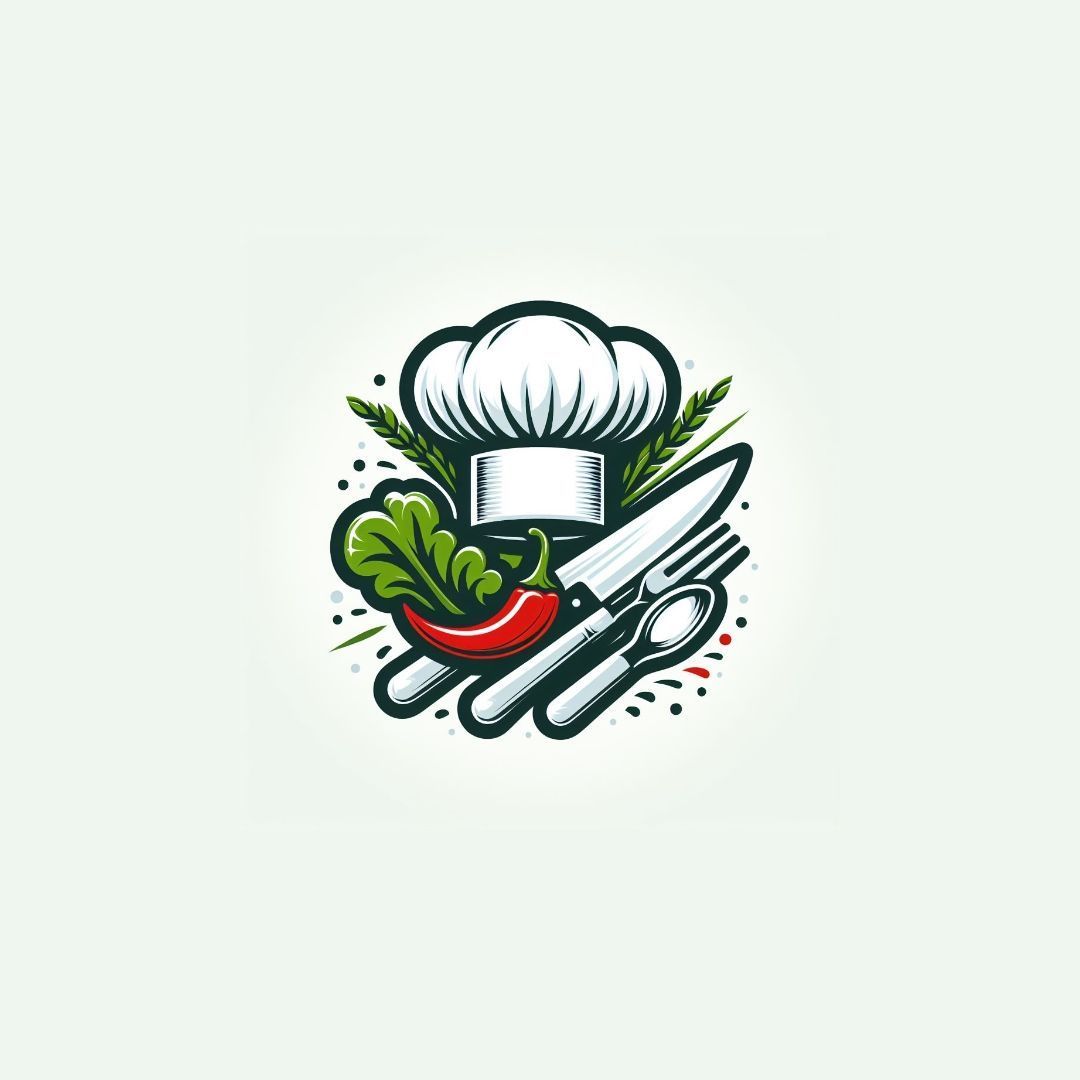
gourmet
Data di inserimento 30 giu 2025
Report article

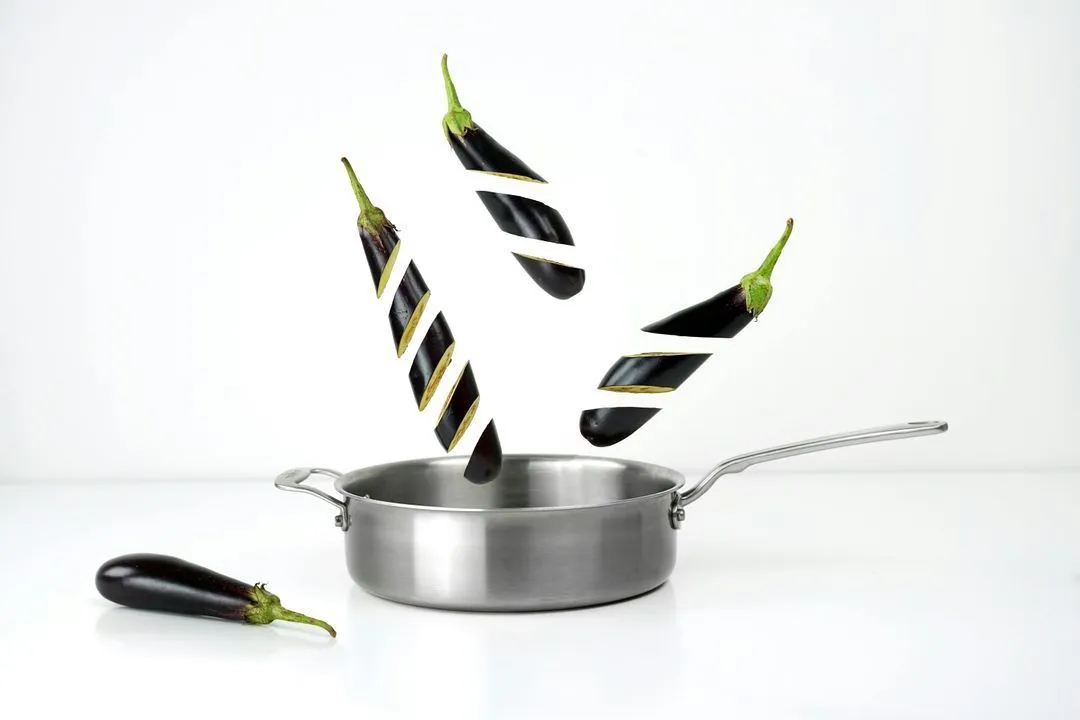
Comments
There are no comments yet.